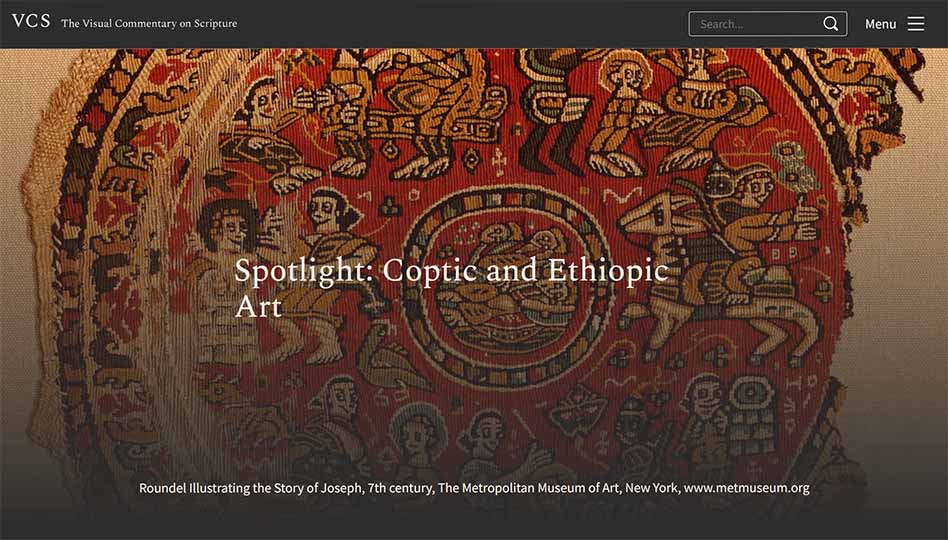Over a decade ago I enjoyed discussions with two influential advisers in the RE world; Mary Myatt and Jane Brooke about their ideas for an accredited award scheme for RE. Here we are in 2022, with an award designed to develop great RE in all settings and contexts. It is a wonderful achievement by all concerned.
I became project director in 2016, appointed by the REC (Religious Education Council). I remember the day clearly – a phone call came through to a garden in Winchester where I was sitting thinking about the interview experience in London, and what leading REQM with the existing team would mean….So pleased I said yes!
Of course I have seen changes over time, not least the move online during the last two years, but one of the great things about REQM is its continuity. It has been one of the longer lasting RE projects and that’s because it was so well thought out in 2011. No major changes were needed until 2017-2018 when the REC agreed that the criteria needed to be updated to take account of changing education contexts, and the CoRE report of the same year. Criteria that made closer reference to the new language of RE, the and the new foci of inspections, were published for schools to use in January 2020.
When I look back over 10 years of the REQM I reflect on the dedication, resilience and flexibility of teachers, and REQM assessors, the gems of great RE emerging from pupil voice evidence, and the impact of the award on wider school development. Senior leaders in schools, universities and local authorities have helped develop the scheme over the years, and it shows. National RE associations promote the REQM, and inspectors are aware of the contributions this Quality Mark makes to education as a whole.
I also reflect on the way that we have not always been able to engage as many schools as we would like, and how we increase participation. To any school thinking of applying for the REQM, my advice is that there is no need to rush. Use the REQM materials on the website as a development toolkit. Only apply when you are all ready for the conversations with your assessor.
If you are not sure how to ensure support (and funding) from the school’s leadership team, ask yourself: where is our school at the moment, what are its wider priorities? REQM materials contribute not only to great RE across the school, but also to curriculum and professional development. The award is an investment in celebrating success, which is not such a hard thing to ask for if the RE is appreciated by your school’s community – sometimes that takes time. Everything to help your school’s progress is freely available on the site until you apply for the award visit.
In another 10 years, REQM should still be thriving. The REQM community continues to offer a great deal within the RE (or Religion and Worldviews) networks in England, Wales and beyond, and schools still want to celebrate their great RE.
In this tenth anniversary year, I feel privileged to have been part of REQM’s story and look forward to the next chapter.
Please send any questions to: linda@reqm.org
